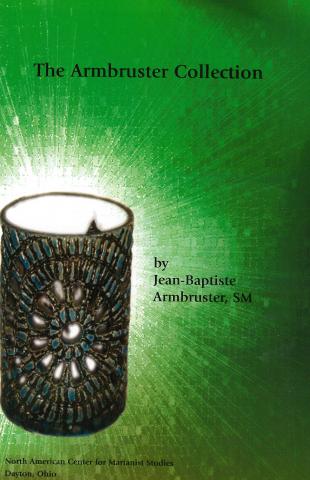Translator:
Joseph Roy, SM; Joseph Stefanelli, SM; Timothy Phillips, SM; Frank O'Keefe, SM
This collection is an excellent resource for seasoned Marianists who seek a deeper understanding into the mind of the Founder.
Jean Baptiste Armbruster, SM
Monograph No. 50
135 pgs.
This monograph provides the deep background into Chaminade’s spiritual thought, a thought that is to be pondered with the heart. This collection is an excellent resource for seasoned Marianists who seek a deeper understanding into the mind of the Founder.
Armbruster examines the spiritual life and formation based on Chaminade’s writings on direction, as well as Chaminade’s affection for and use of the Three O’Clock Prayer and the Apostle’s Creed.

